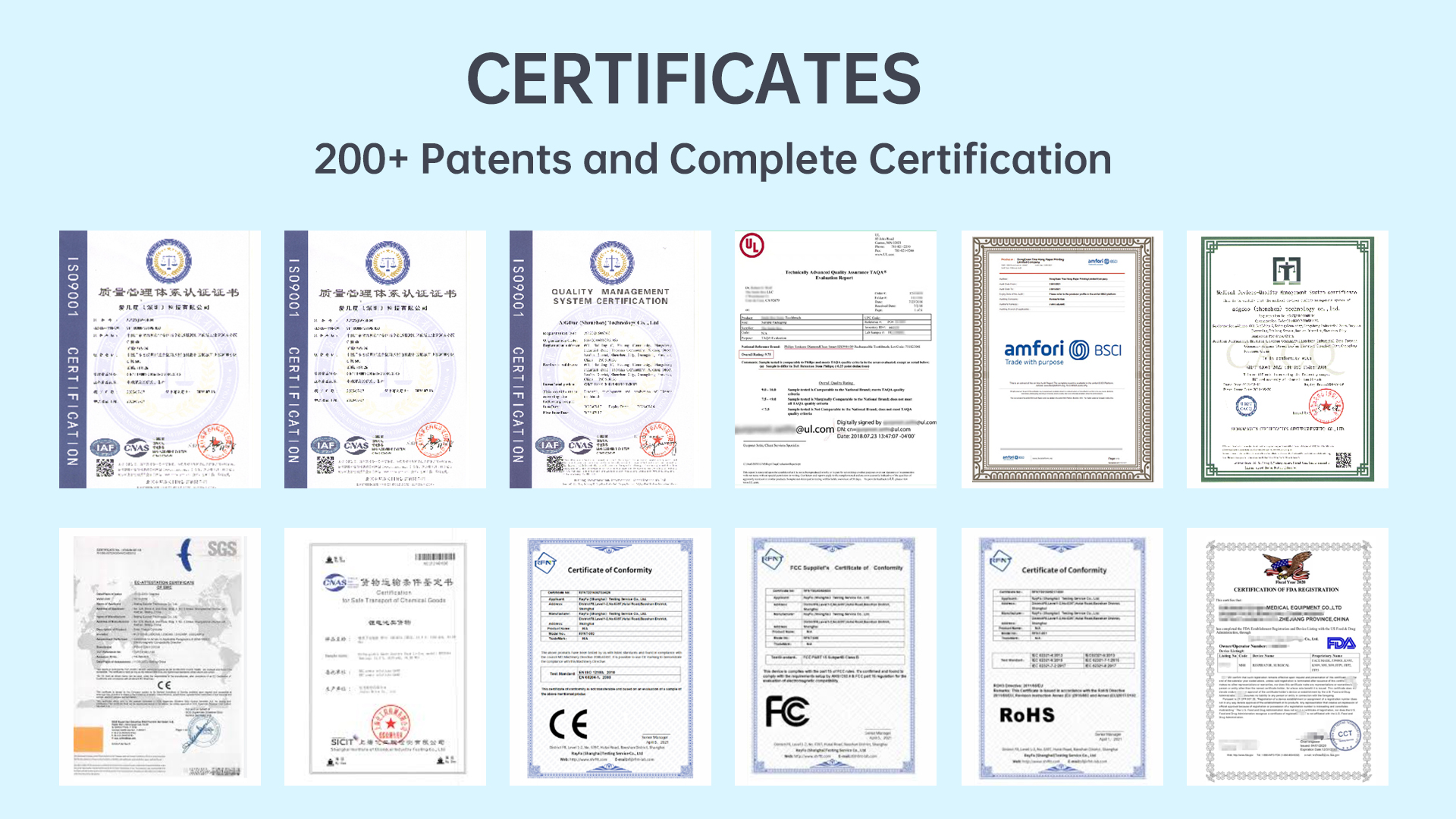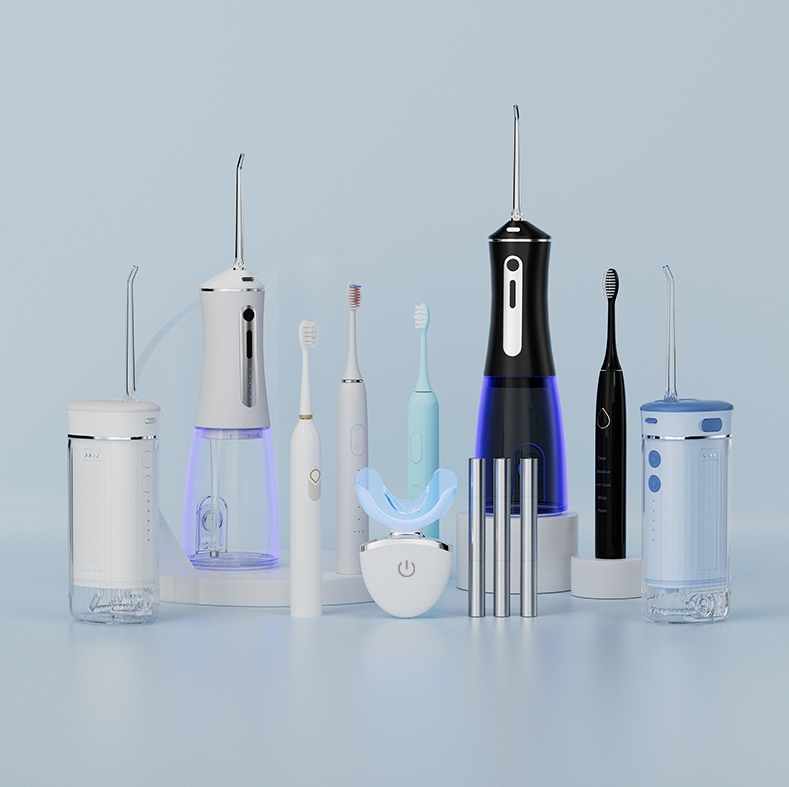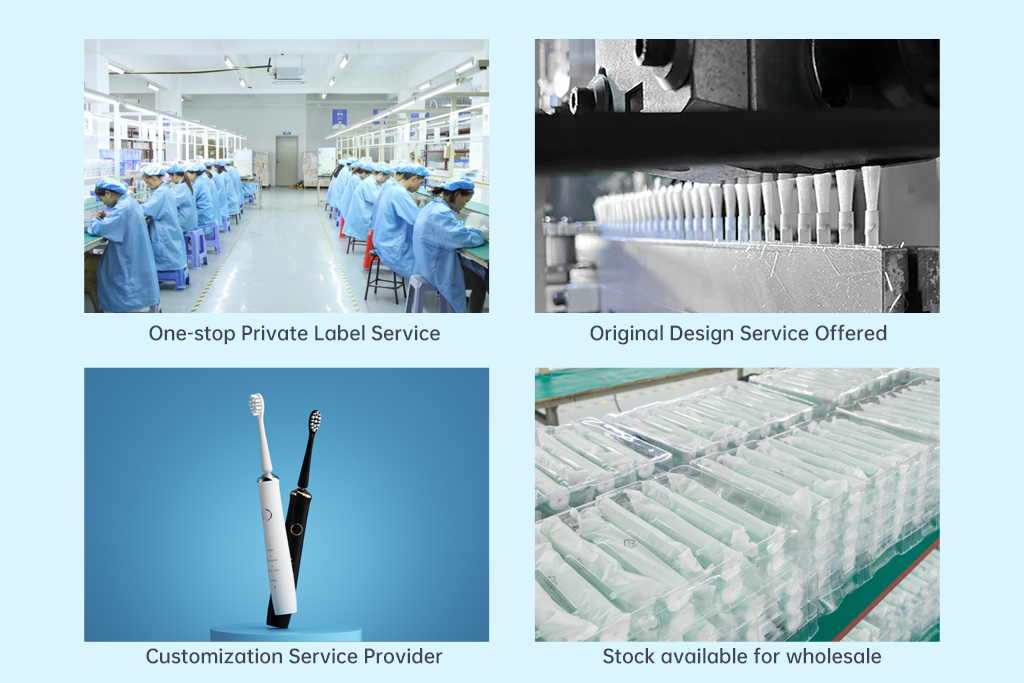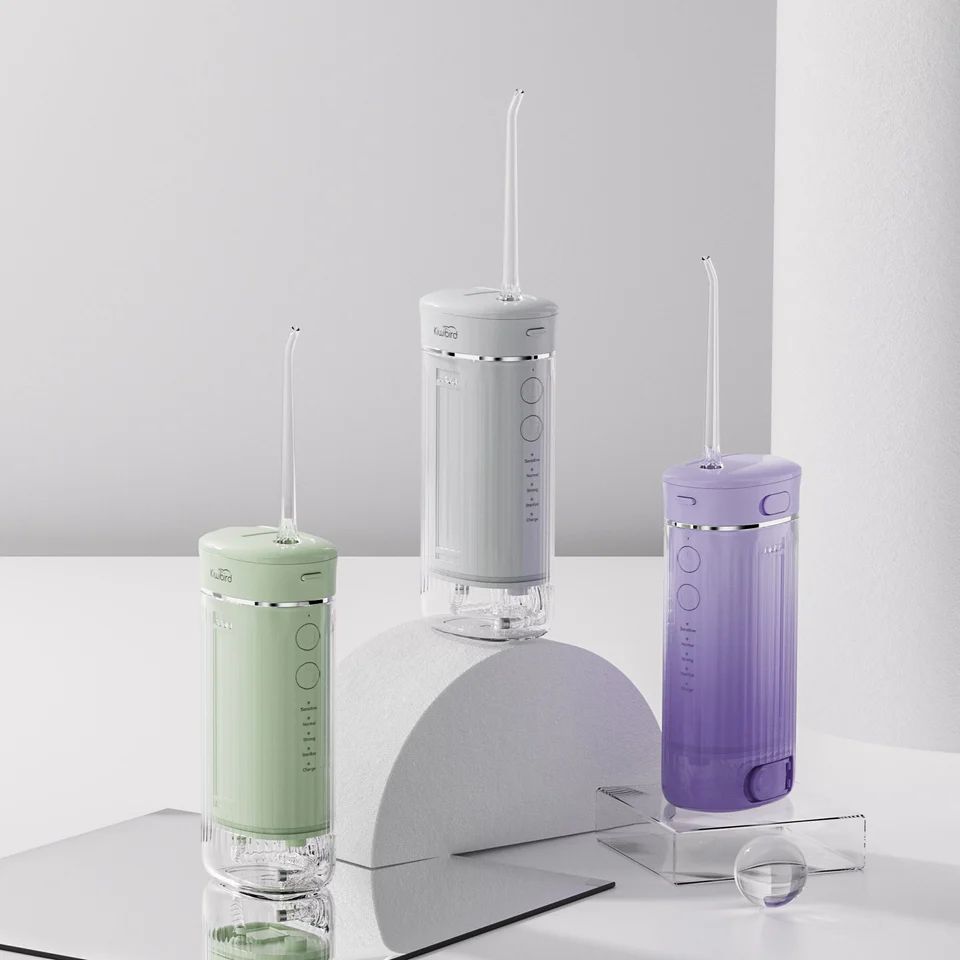When discussing the durability and efficiency of personal oral care devices, particularly electric toothbrushes and water flossers, the relationship between weak pressure and potential enamel thinning often comes into question. Can insufficient pressure actually contribute to the gradual erosion of enamel? This concern is increasingly relevant for manufacturers aiming to balance gentle care with effective cleaning.
Enamel thinning refers to the gradual loss of the protective outer layer of the tooth, which safeguards the inner dentin and pulp. This condition leads to:
Once enamel is worn away, it cannot regenerate naturally, making prevention critical.
Proper pressure during brushing or water flossing is essential to remove plaque and food debris effectively without damaging enamel. However, weak pressure can cause:
Thus, weak pressure may indirectly contribute to enamel thinning by reducing cleaning efficiency and encouraging improper user behavior. Company web:https://www.powsmart.com/product/electric-toothbrush/
Although it seems counterintuitive, weak pressure can lead to enamel thinning in several ways:
Therefore, stable and optimal pressure output is not only about cleaning performance—it’s essential for enamel protection.

Manufacturers must recognize that weak pressure often stems from:
These design oversights can result in devices that deliver insufficient pressure from day one or degrade rapidly in real-world use.
To mitigate risks, OEM/ODM manufacturers should:
These measures ensure the device supports effective cleaning without risking enamel health.
Leading brands are exploring:
Such innovations can eliminate the problem of weak pressure and preserve enamel integrity across diverse user populations.
In conclusion, while weak pressure may seem safer than excessive force, it introduces its own set of risks—particularly the potential for enamel thinning through indirect mechanisms. For manufacturers, ensuring devices maintain optimal and consistent pressure is not only a performance issue but a fundamental requirement for protecting end-user oral health and maintaining brand trust. Contact us
Cavity Risk from Taste Residue?
.jpg)
Water Flosser Advantages: Key Selling Points for Brands to Highlight
Taste Alteration After Tray Misalignment – Coincidence?

Common Electric Toothbrush Issues & How Factories Can Prevent Them
Charging Port Damage Triggering Bristle Shedding – Related?
Weak Vibration Plus Sensor Failure – Double Malfunction?
Mucosal Irritation with Chemical Residues – Toxic?
Motor Jamming with Overheating Alerts – Linked?
Pulse Instability with Noise Spikes – Motor Dying?
.jpg)
sonic electric toothbrush Little Rock
Water Splashing plus Handle Slippage – Design Flaw?
Battery Leakage and Circuit Corrosion – Dangerous Duo?
.jpg)
Product Expansion Strategy: Why Brands Should Add Water Flossers to Their Lineup

Benefits of Electric Toothbrushes: Why Brands Should Invest in electric toothbrush Quality Manufacturing
.jpg)
How Brands Can Achieve Higher Margins with Premium Water Flossers

Competitive Water Flosser Features That Drive Sales

Private Label Whitening Gel

Electric toothbrush heads Charcoal Infused-Diamond

Customization Teeth Whitening Gel

electric toothbrush heads Ultra Soft

electric toothbrush heads Deep Clean

electric toothbrush heads Regular Clean

electric toothbrush heads Charcoal Infuse-Round
.jpg)
Florida Electric Toothbrush – Powsmart PTR-C8
whstapp
whstapp
National Toll-Free Service Hotline
+86 755 86238638